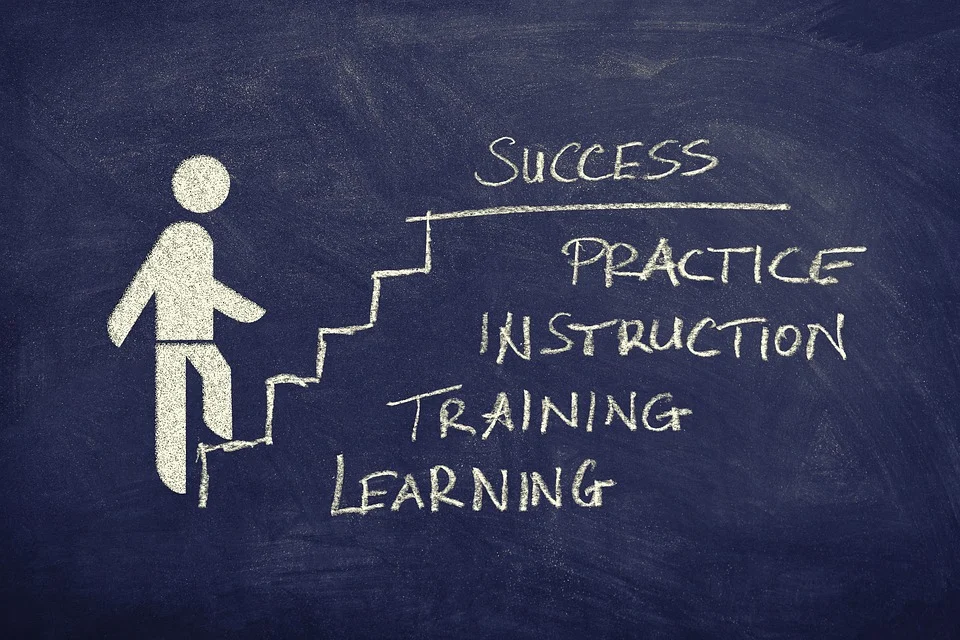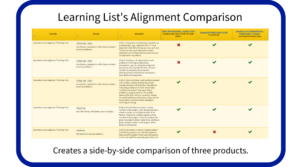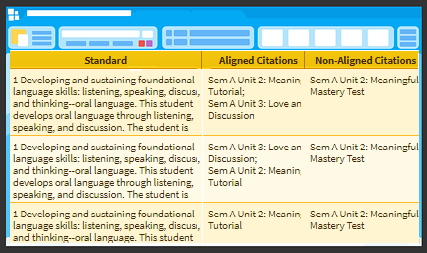
This is the second of two blog posts about mapping instructional materials to a district curriculum. The first blog discussed developing a common definition of alignment, becoming familiar with your materials, and important considerations when identifying citations (lessons, activities, quizzes) in your materials to map to the district curriculum. This blog contains five more tips.







